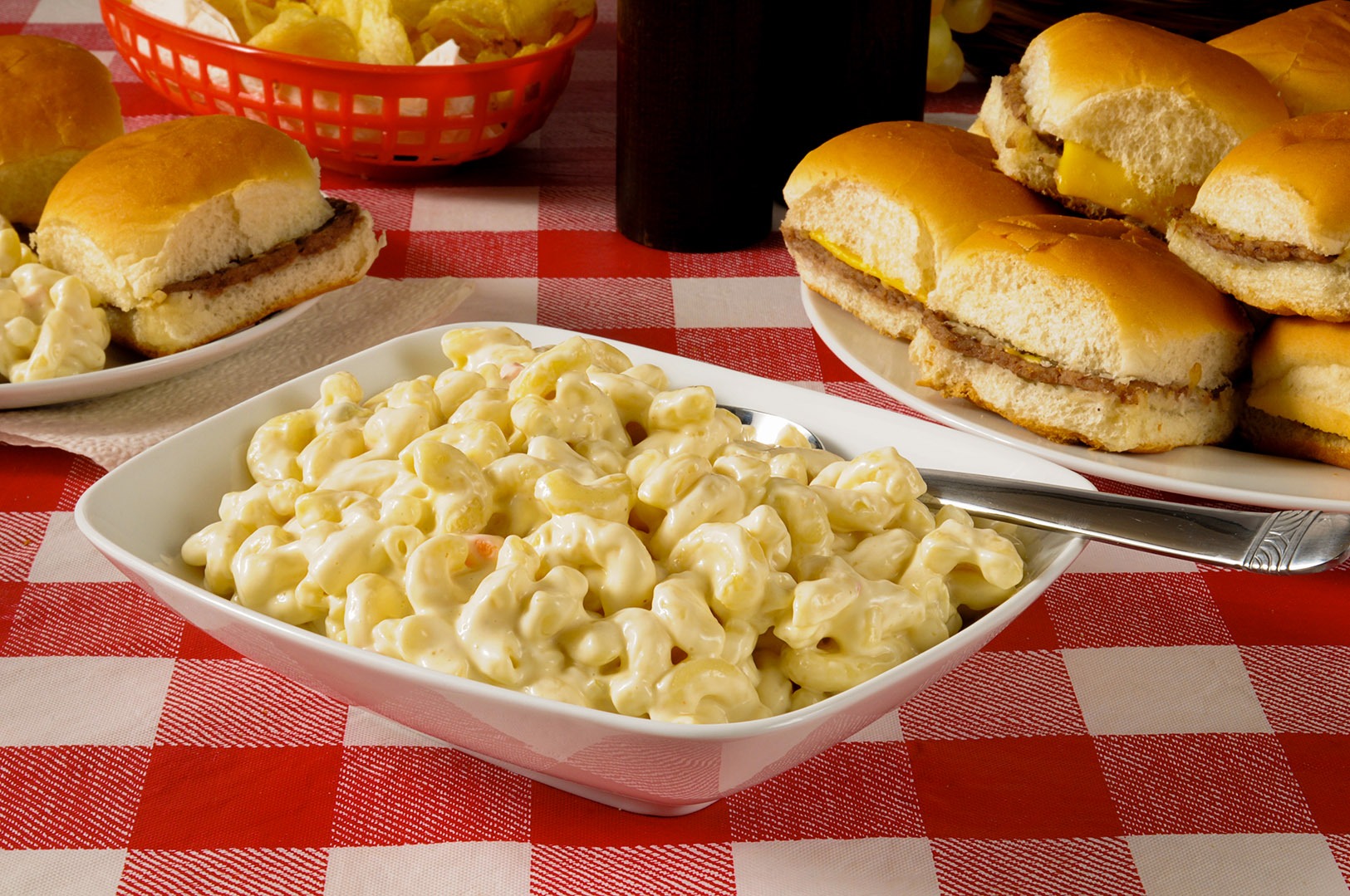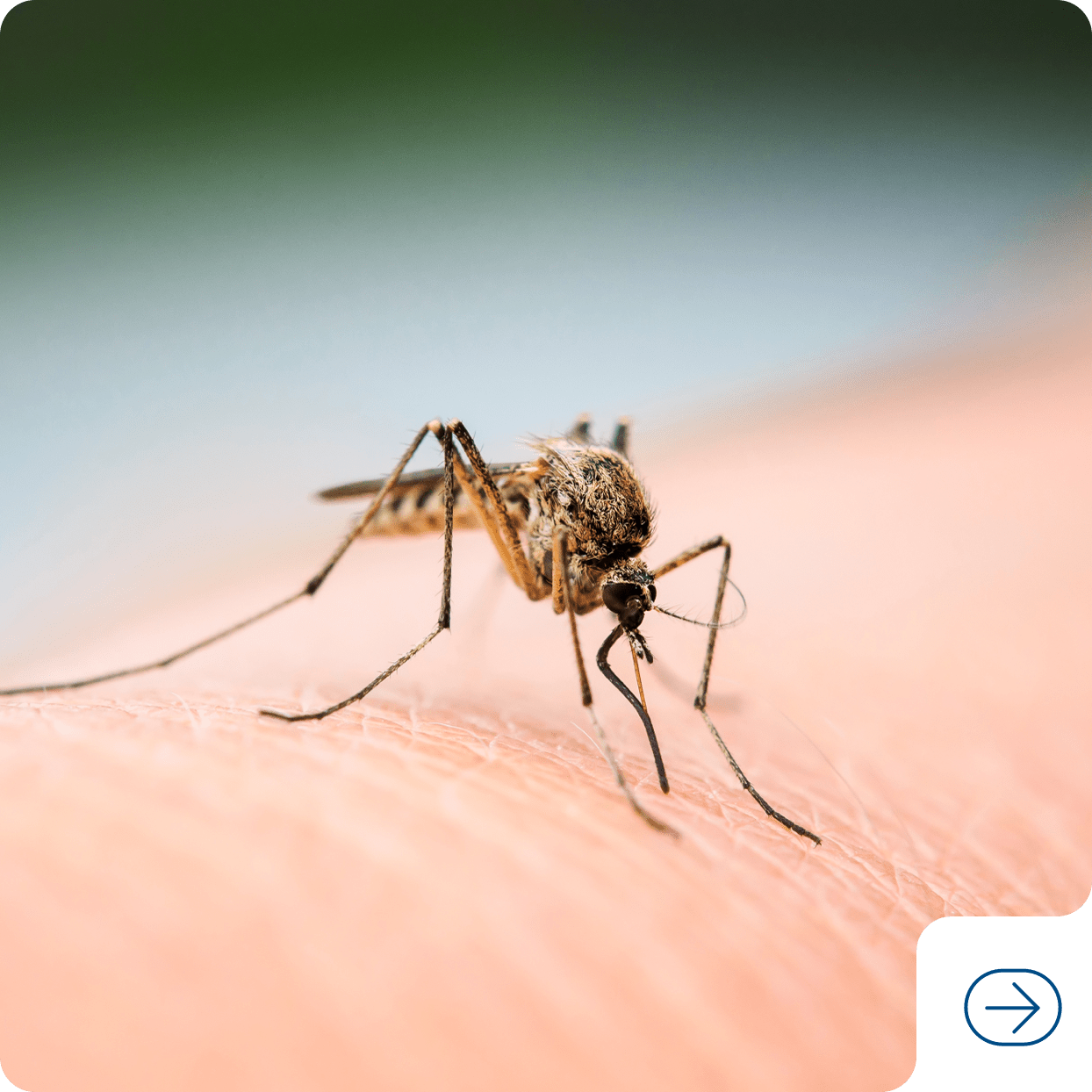Food safety tips for healthy and happy BBQ season
Summer 2023

Summertime brings an increase in the number of outdoor gatherings, such as barbecues and picnics. Unfortunately, these events may also bring unwelcome occurrences of foodborne illnesses. This is because warm weather events present opportunities for foodborne bacteria to thrive. As food heats up in the warmer temperatures, bacteria multiply rapidly.
According to the Centers for Disease Control and Prevention (CDC), about one in six Americans (or 48 million people) get sick from foodborne diseases each year. Of those, approximately 128,000 are hospitalized and 3,000 die. You can get sick after swallowing certain germs, such as Salmonella or E. coli. Symptoms can range from mild to serious; they can last a few hours or several days.
The most common symptoms of foodborne illness are:
- Diarrhea
- Stomach pain or cramps
- Nausea
- Vomiting
- Fever
Below are some useful tips for the safe handling of food at summertime picnics and barbecues:

Keep foods cool
- Keep raw meat, poultry and seafood chilled until ready to grill, in a refrigerator or insulated cooler, below 40°F.
- Put leftovers in the freezer or refrigerator within two hours of cooking, or one hour if the outside temperature exceeds 90°F.
- Never let your picnic food remain in the “Danger Zone” — between 40°F and 140°F — for more than 2 hours, or 1 hour if outdoor temperatures are above 90°F.
Cook meat thoroughly
- Cook food to a safe internal temperature to destroy harmful bacteria.
- Use a food thermometer to make sure meat is cooked hot enough to kill germs. (145°F for beef, pork, fish; 160°F for hamburgers and ground meat; 165°F for chicken or turkey).
Clean hands and produce
- Wash fresh vegetables and lettuce.
- Wash your hands with soap and water before handling any food and after touching raw meat, poultry, or seafood.
- Clean work surfaces, utensils and the grill before and after cooking.
- Do not allow bacteria from raw meat or seafood to contaminate other foods, surfaces, or utensils.
- Put cooked meat on a clean plate.
- Don’t use the same utensils on raw foods and cooked and ready-to-eat foods.
For more information on keeping food safe, visit Four Steps to Food Safety on the CDC website.



